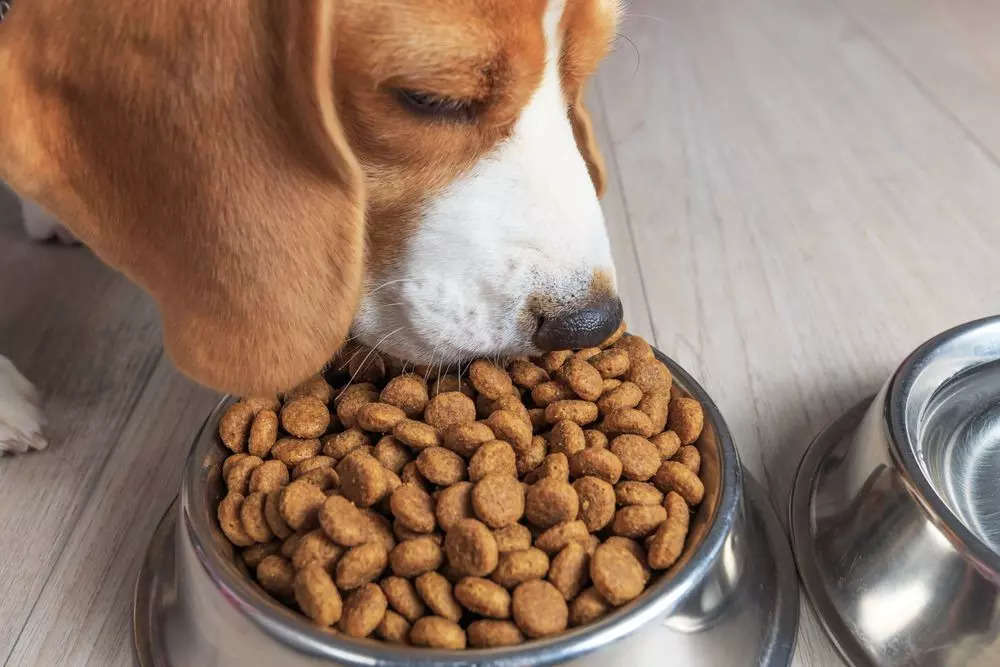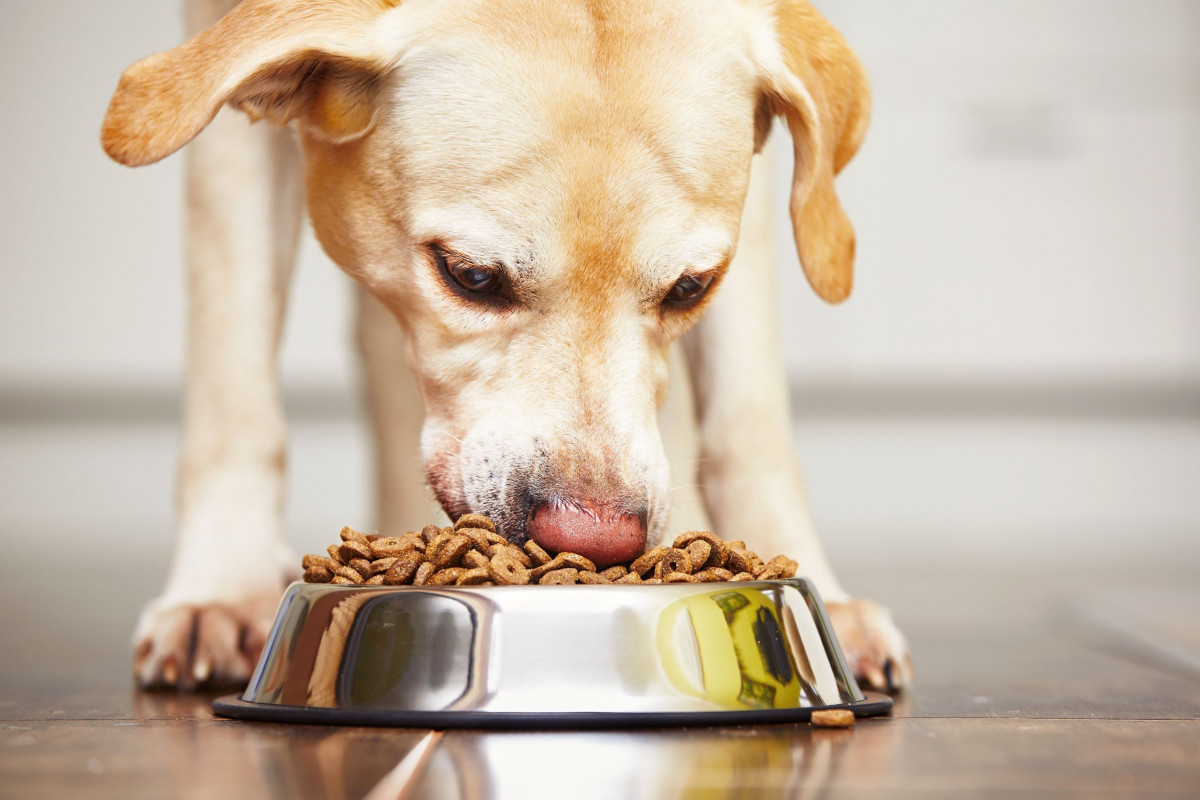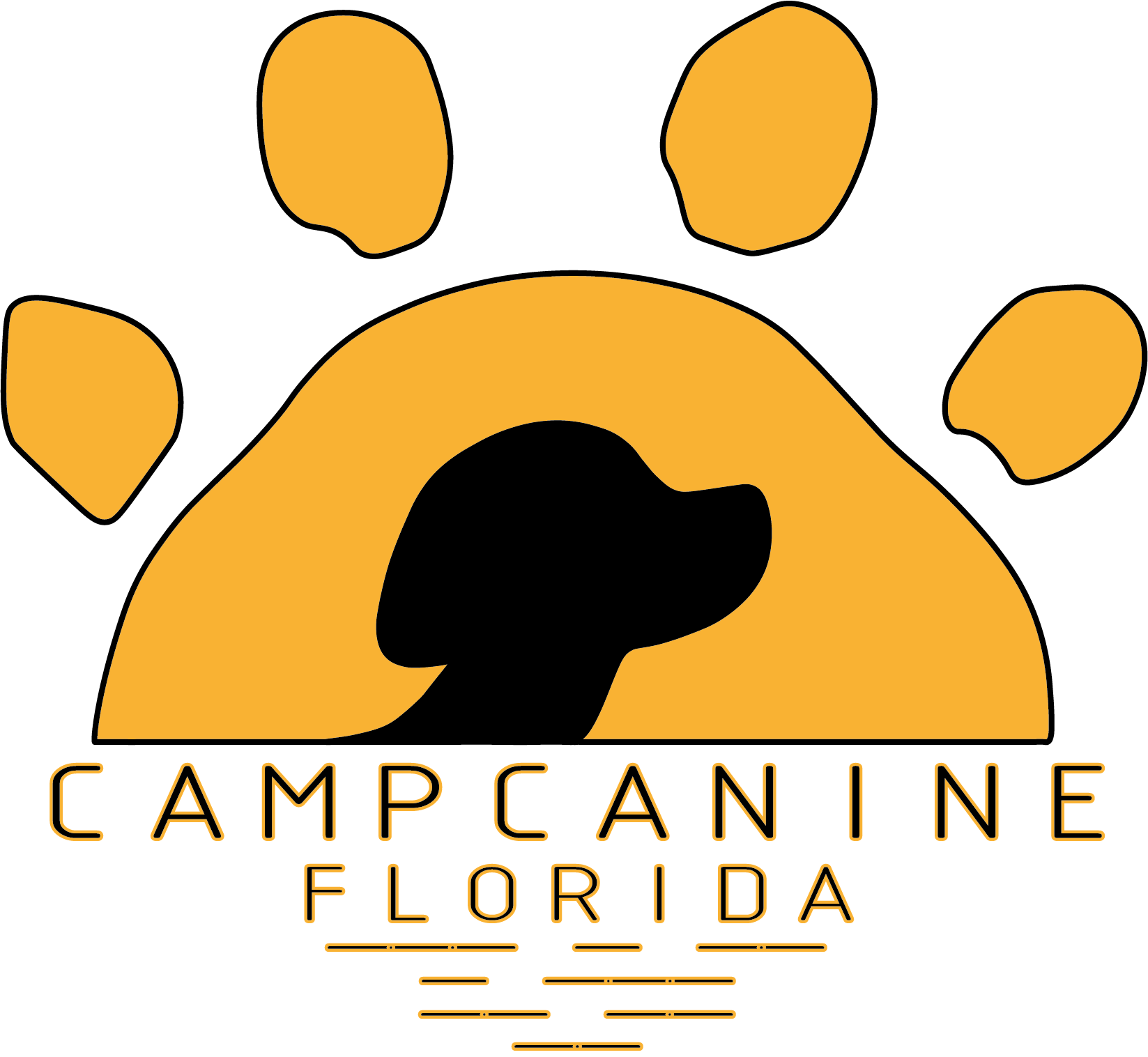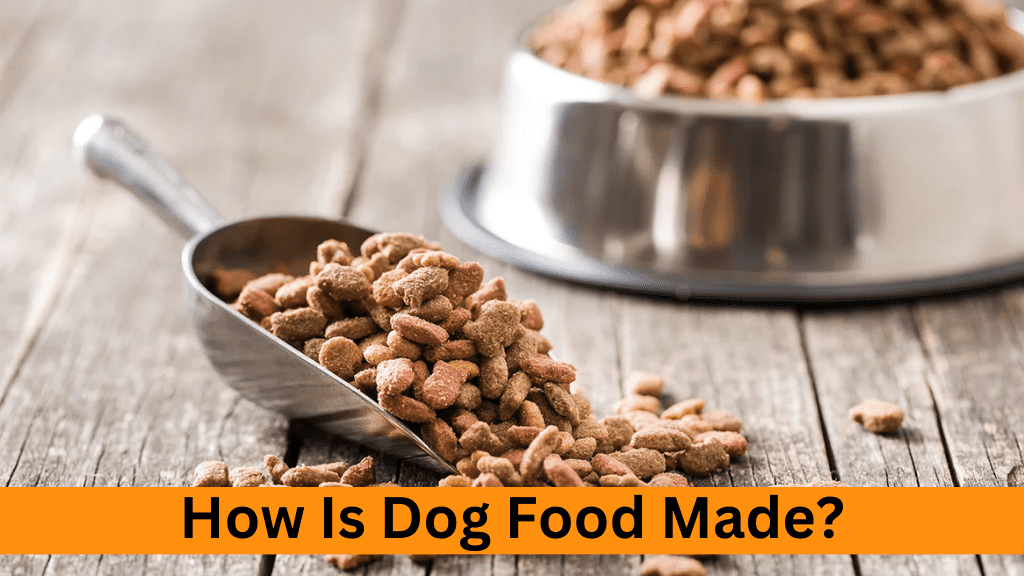Dog food is an essential aspect of pet care, providing vital nutrition for our beloved furry companions. However, have you ever wondered how dog food is made? In this comprehensive guide, we’ll delve into the intricate process of dog food manufacturing, exploring various methods and technologies involved.
Understanding Dog Food Options

Choosing the right type of dog food for your furry friend is essential for their health and well-being. Let’s explore each option in more depth:
1. Dry Kibble
Dry kibble is perhaps the most commonly chosen option among pet owners due to its convenience and affordability. It typically consists of a mixture of meat by-products, grains, vegetables, and additives such as vitamins and minerals. The ingredients are ground into a fine powder and then formed into small pellets through a process called extrusion.
Advantages:
- Convenience: Dry kibble is easy to store, measure, and feed to your dog.
- Affordability: Compared to other options, dry kibble tends to be more budget-friendly.
- Long Shelf Life: Due to its low moisture content, dry kibble has a longer shelf life compared to moist alternatives.
Considerations:
- Nutritional Content: While many dry kibble formulas offer complete and balanced nutrition, some lower-quality options may contain fillers and additives that provide minimal nutritional value.
- Palatability: Some dogs may prefer the taste and texture of wet or fresh food over dry kibble.
- Digestibility: Depending on the ingredients and processing methods used, some dogs may have difficulty digesting certain types of dry kibble.
2. Canned Dog Food
Canned dog food offers a moist and flavorful alternative to dry kibble. It typically consists of higher-quality ingredients such as meat, poultry, or fish, along with grains, vegetables, and thickeners. The ingredients are cooked and sealed in cans to preserve freshness and flavor.
Advantages:
- Palatability: Many dogs find canned food more palatable than dry kibble due to its higher moisture content and stronger aroma.
- Nutritional Value: Canned dog food often contains higher levels of protein and moisture compared to dry kibble, which can be beneficial for hydration and digestion.
- Variety: Canned dog food comes in a wide range of flavors and textures, allowing pet owners to cater to their dog’s preferences.
Considerations:
- Cost: Canned dog food tends to be more expensive per serving compared to dry kibble.
- Storage: Once opened, canned dog food must be refrigerated and used within a certain timeframe to prevent spoilage.
- Weight Management: Due to its higher moisture content, canned dog food may contribute to weight gain if not portioned and monitored carefully.
3. Fresh Frozen
Fresh frozen dog food offers a natural and minimally processed option for pet owners seeking a diet closer to what dogs would consume in the wild. It typically consists of raw meats, organs, bones, and vegetables, frozen to preserve nutrients and flavor.
Advantages:
- Nutritional Integrity: Fresh frozen dog food retains the natural enzymes, vitamins, and minerals found in raw ingredients, providing optimal nutrition for your dog.
- Digestibility: Some dogs with food sensitivities or allergies may benefit from a fresh frozen diet, as it eliminates common allergens and fillers found in processed foods.
- Palatability: Many dogs find fresh frozen food highly palatable due to its natural flavors and textures.
Considerations:
- Handling: Fresh frozen dog food must be handled and stored carefully to prevent bacterial contamination and spoilage.
- Cost: Fresh frozen dog food tends to be more expensive than dry kibble or canned food, reflecting the higher quality and nutritional value of the ingredients.
- Transition Period: When switching to a fresh frozen diet, dogs may experience digestive upset or stool changes as their bodies adjust to the new food.
4. Freeze-Dried
Freeze-dried dog food offers the convenience of dry kibble with the nutritional benefits of fresh frozen food. It involves freezing raw ingredients and then removing moisture through a process called sublimation, resulting in a lightweight and shelf-stable product.
Advantages:
- Nutritional Value: Freeze-dried dog food retains the natural enzymes, vitamins, and minerals found in raw ingredients, providing optimal nutrition for your dog.
- Convenience: Freeze-dried dog food is lightweight, shelf-stable, and easy to rehydrate, making it an ideal option for travel or outdoor activities.
- Long Shelf Life: Freeze-dried dog food has a longer shelf life compared to fresh frozen food, making it convenient for pet owners to stock up and store.
Considerations:
- Cost: Freeze-dried dog food tends to be more expensive than dry kibble or canned food due to the specialized manufacturing process and high-quality ingredients.
- Rehydration: Some dogs may prefer rehydrated freeze-dried food over dry pellets, while others may prefer the crunchy texture of the freeze-dried product.
- Portion Control: It’s essential to measure and monitor portion sizes carefully when feeding freeze-dried dog food to prevent overfeeding or underfeeding.
The Manufacturing Process

Behind every bag or can of dog food lies a complex manufacturing process that involves careful selection of ingredients, precise formulation, and specialized equipment. Let’s delve deeper into the manufacturing process for each type of dog food:
1. Dry Kibble
a. Ingredient Mixing: The process begins with the careful selection and mixing of ingredients such as meat by-products, grains, vegetables, vitamins, and minerals. These ingredients are measured and combined in precise proportions to ensure a balanced nutritional profile.
b. Extrusion: Once mixed, the ingredients are fed into an extruder, a machine that applies heat and pressure to the mixture. The extruder cooks the ingredients and shapes them into small, uniform pellets. This process helps to sterilize the food and create a crunchy texture.
c. Drying: After extrusion, the pellets are dried to remove excess moisture and achieve the desired texture. This is typically done using hot air dryers or ovens, which evaporate the moisture without damaging the nutritional content of the food.
d. Coating and Packaging: Once dried, the kibble may be coated with additional flavorings, vitamins, or preservatives to enhance palatability and shelf life. Finally, the kibble is packaged into bags or containers, ready for distribution to pet stores and supermarkets.
2. Canned Dog Food
a. Ingredient Preparation: The ingredients for canned dog food are cooked and mixed together to create a homogenous mixture. This may include meats, poultry, or fish, along with grains, vegetables, and thickeners.
b. Canning: The mixture is then sealed in cans and cooked at high temperatures to sterilize the contents and create a vacuum seal. This process ensures that the canned food remains safe for consumption and retains its freshness.
c. Cooling and Labeling: After cooking, the cans are cooled and labeled with nutritional information, ingredients, and other relevant details. They are then packaged and prepared for distribution to retailers.
3. Fresh Frozen
a. Ingredient Selection: Fresh frozen dog food starts with high-quality raw ingredients, including meats, organs, bones, and vegetables. These ingredients are carefully selected to ensure freshness and nutritional value.
b. Grinding and Mixing: The ingredients are ground and mixed together to create a balanced meal. Some manufacturers may add vitamins, minerals, or other supplements to enhance the nutritional content of the food.
c. Freezing: Once mixed, the dog food is portioned and frozen to preserve freshness and nutrients. It is then packaged into individual servings or larger containers for sale.
4. Freeze-Dried
a. Freezing: The ingredients for freeze-dried dog food are frozen to preserve their natural flavors and nutrients.
b. Sublimation: The frozen ingredients are then placed in a vacuum chamber, where they undergo sublimation. This process involves removing moisture from the food without allowing it to thaw, resulting in a freeze-dried product.
c. Packaging: Once freeze-dried, the dog food is packaged in airtight containers to maintain freshness and prevent moisture from re-entering the product. This lightweight and shelf-stable product is convenient for storage and transport.
Conclusion
Understanding how dog food is made is crucial for pet owners who want to make informed decisions about their furry friend’s diet. Whether you choose dry kibble, canned, fresh frozen, or freeze-dried, knowing the manufacturing process can help ensure that you’re providing your dog with the best possible nutrition. By considering factors such as ingredient quality, production methods, and nutritional content, you can make choices that support your pet’s health and well-being for years to come.

